We identified some key themes born out of our research that form the basis for our solution concepts.
.png)
Students and parents struggle to learn higher level skills and values without a strong base of factual information to build off of.
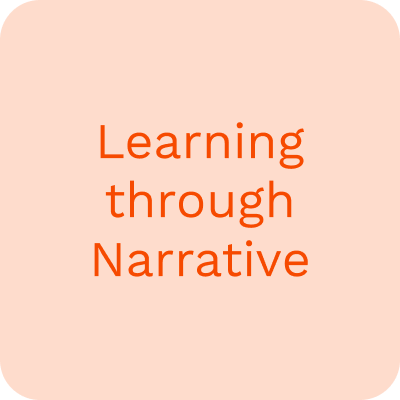
Students were most engaged when presented a story to communicate information.
Narrative has the added benefit of showcasing how factual knowledge can be applied to their life.
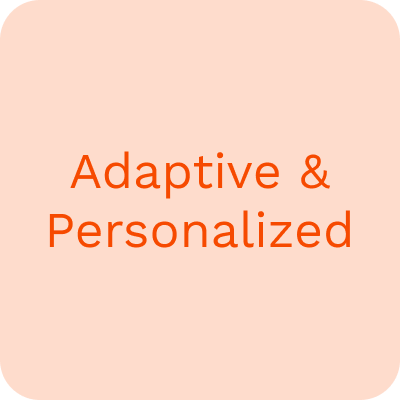
People don't know what they don’t know and thus struggle to identify gaps in their knowledge and how to fill them.
Students have a variety of backgrounds and needs so it's important to present material in the most relevant and engaging order for them.
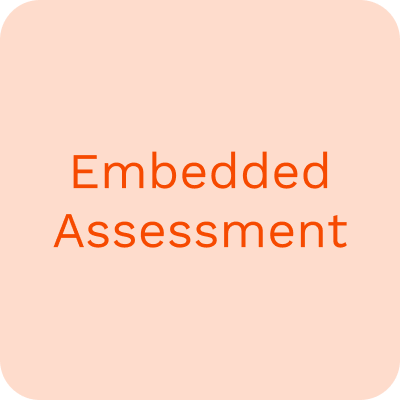
It's important to identify where students are in terms of their understanding and present relevant material to correct and flesh out existing mental models.
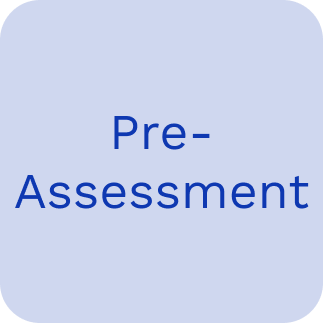



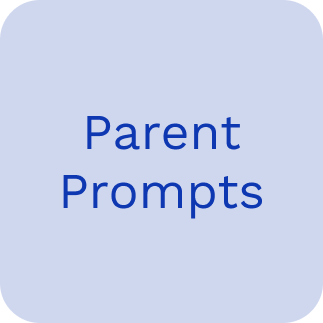
Pre-assessment is necessary in gauging a student's current level of comfort with and understanding of the material to inform what is taught next and how.
Guided tangents help students connect with the material and stay engaged while also providing real world context for the information.
Guided discovery combats the issue of not knowing what you don't know by leading students to topics they may not have found on their own.
A physical presence of a facilitator, peers, and/or materials is beneficial in learning, so we’re looking to replicate the benefits digitally.
Parents involvement is a key component of Talk's two-tiered model, therefore it's critical to keep parents involved in digital Talk as well.
.png)
.png)
The narrative framework heavily prioritizes the storytelling aspects of learning that work well to keep students engaged and provide real life context for the material. The material would be presented under one overarching narrative. At specific points in the story relevant sex education material can be presented and refer students to other resources for further information. The end of each narrative session another narrative would be presented to students throughout which students would make decisions at key points for the characters in the story. This presents students the opportunity to see the consequences of their decisions in a safe environment and acts as an embedded assessment to evaluate how well students have learned the material.
A potential drawback to this framework is that it may be more difficult to make the learning material and modules adaptive and personalized to each student.
.png)
.png)
.png)
.png)
.png)
.png)
.png)
.png)
The modular framework is focused on being adaptive and personalized in order to be relevant and engaging for students. In this framework, students take a pre-assessment to identify their current level of knowledge. Based on this, relevant learning modules will be recommended to further their knowledge and comfort in the space.
The learning modules can present material in multiple ways—for examples see the interactive elements—in order to keep students engaged while still maintaining a level of credibility. There is also the opportunity for students to pose questions to their peers, answer questions, and compare their progress and understanding with others. Throughout the learning process, assessments would be conducted to ensure students are learning. At the completion of a learning module set, students can be presented a post assessment to measure their understanding.
This solution less heavily prioritizes storytelling, in order to be more adaptive to students needs. A difficulty with this framework is the creation of appropriate assessments and effective application of that assessment. There is also the danger of this framework being too vanilla and thus boring to students.
Interactive elements are the manner in which content will be delivered within a framework. Here are various types of interactive elements that we will explore in the summer.
One way that our framework can assess the knowledge of students is by giving them a pre-program survey in order to gauge how familiar they are with the material. This survey can be similar to the survey that Sam already delivers to her students through a physical Talk program.
One method of assessment that is more fun can be through a quiz that is similar in style to buzzfeed quizzes that are slightly more provocative. It can also be a game such as "Would you rather" to gauge how students are grappling with the information.
Similar to online learning platforms such as Second Life, we will explore hosting a virtual classroom. This interaction gives students the ability to learn at their own pace while also allowing students to engage with other students around the world who might be learning at the same time as them. An online classroom can preserve anonymity and allow open and honest discussions to take place.
An IM Based or Simulation Based scenario is a narrative interactive element. Students are taken through a story and given the opportunity to make choices that can affect the narrative’s outcome. They can then be asked to reflect on their decisions and the resulting consequences as well as discuss the outcomes with their friends or family.
Some information is more effectively taught in a more straightforward manner. In addition, while a narrative approach to teaching is more engaging, individuals struggle to take things seriously if it does not fit into what they believe is an online class. As a result, some material can be presented in text and video form to make it more credible to users.
We will explore ways in which text and video can be presented on an online platform. This interactive component will also be used as a baseline to compare the success of our other interactive elements.
This type of module is a take on the text and video online content modules. In these modules, students are asked to navigate to a specific page from another page. For example, try navigating from a content about condoms to a page with content about STIs. We believe that this interact element can help to build and strengthen the mental models of individuals and their familiarity with the content.
Media is a common source of information for many students and can be an engaging method of presenting information. It also presents the opportunity for students and parents to engage with the material together and showcases how conversations in and around the topic can be had. It can offer a balance between generalized information as well as presenting very specific perspectives.
Students will be presented real life news stories that relate to a sex education topic. Then, they can respond to the module with their thoughts about the news article, while viewing how other students around the country responded to that particular news article. They can also be led to other sources of information around the topic.
This is an interactive element that two students can work on as partners. In this module, students are both presented with a narrative and then asked to discuss their reactions to the narrative with their peer. They can then be presented with information related to the narrative to learn more information.
This is an interactive element that gives students a task to complete and then asks them to reflect on the task either on their own or with a parent.